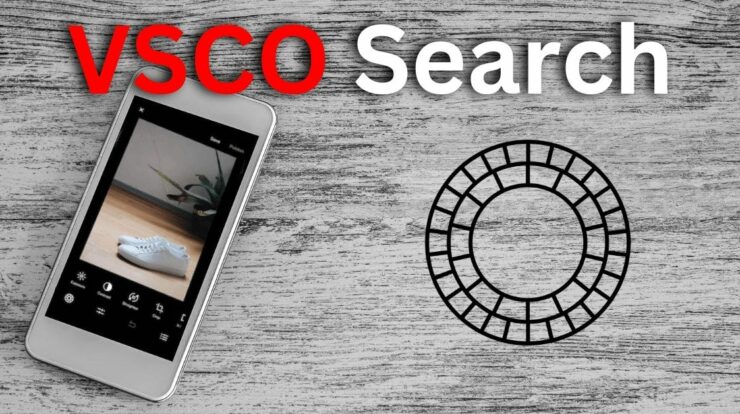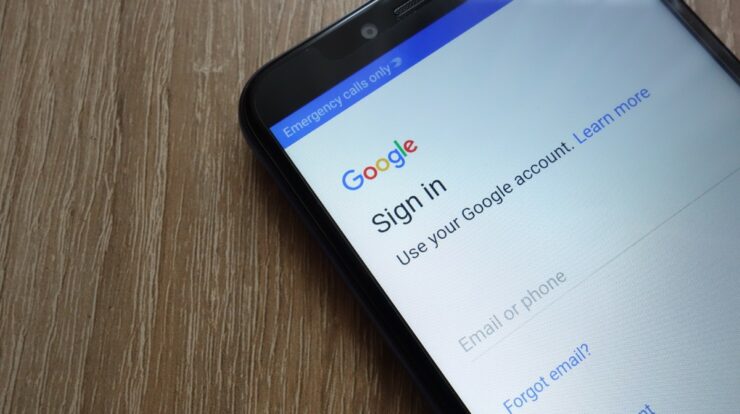
Windows 10 is incredibly reliable compared to previous versions of the operating system. Even though the old Blue Screen of Death (BSOD) issues are long gone, they aren’t entirely gone. If Windows detects a problem, such as Stop Code Memory Management fault, it will still issue a BSOD.
BSOD issues of this type are pretty particular, yet despite their complicated-sounding term, they are usually simple to troubleshoot and fix. For example, a problem with your system memory may cause Windows stop code memory management blue screen of death.
[lwptoc]
What Causes the Windows Stop Code Memory Management BSOD?
When it comes to keeping your PC’s RAM consumption stable, memory management is a crucial element of your Windows installation. System crashes and failures are more likely to occur when this process fails, and rogue processes use up all of your available memory.
This BSOD problem is a direct outcome of that. Many factors might lead to a memory management issue, including outdated software and drivers, corrupt files, and hardware malfunction (especially with your RAM or hard drive).
Furthermore, try restarting your computer to see if it addresses the issue. If it doesn’t, follow these instructions.
Run the Windows Memory Diagnostic Tool
You should first attempt the built-in Windows Memory Diagnostic Tool to see if this is a memory issue. A boot-level check can be performed immediately or delayed until the next time your PC is rebooted, and any evident faults will be found during this fast inspection of your system memory.
- Windows key + R on your keyboard will bring up the Run launch window, where you may put MdSched into the box and press OK or Enter to start it.
- The Windows Memory Diagnostics window will appear. By pressing the Restart Now and checking for problems (Recommended) button or pressing the Check for the issues next time I start my button, you can do a boot-level RAM check when your computer restarts.
The Windows Memory Diagnostic Tool will either start immediately or on your next reboot, depending on the option you choose. Checking will take some time, depending on your computer’s capabilities.
To see the results of the test, launch the Event Viewer in Windows.
- To do this, right-tap on the Windows start menu and select Event Viewer from the context menu. Next, search for MemoryDiagnostic in the Find field and select Find Next when Event Viewer (Local) > Windows Logs > System appears.
- If there are any problems, they will be listed under the General tab at the bottom for you to investigate further.
As long as the BSOD error is occurring, you will need to look into other possible causes.
Check Your Drivers and Update Windows
However, a simple blue screen memory management isn’t a magical fix. Instead, update your drivers and check for Windows system upgrades to install crucial bug fixes and device optimizations in Windows 10.
If you are looking for Windows 10 updates, you can do so by going to the Windows Settings menu.
Open the Windows Settings menu by selecting Settings from the Start menu’s right-click context menu, then select Update & Security from the drop-down list. If there are any available updates, tap Download or Download and Install to get them.
The manufacturer’s website may be required to get the most current drivers for some devices, such as your graphics card.
Check for Corrupted System Files
Check to see whether corrupt system files are creating memory management issues on your PC if your PC is up-to-date. The sfc tool, performed from an elevated command line or PowerShell terminal, may swiftly scan your PC for corrupted system files.
1. First, open PowerShell by selecting it from the Windows Start menu’s shortcut menu (Admin). Type sfc /scannow in the open PowerShell window and press enter.
2. It could take a few minutes, or it could take a long time, depending on your PC. Besides, if any inaccuracies are found, they will be corrected (to the extent that they can be remedied).
No difficulties with your Windows installation have been found, so you can use the Check Disk program to check the health of your hard disc (chkdsk).
- Hit Enter to run the chkdsk /r command in the currently open PowerShell window. Then, restart your computer, and you’ll see this check pop up. Press Y on your keyboard if you’d like to go ahead and run it.
Restarting your computer should allow it to begin scanning your hard drive for problems and fixing them.
Reset Windows 10
Aside from running software scans, the only option to fix a corrupted PC is to reinstall Windows from scratch, erasing any previously installed apps and any associated problems. The last thing you need to do is replace your hardware, but this might be your only alternative if you don’t.
If you do not want to go through the effort of a full reinstallation of Windows, you can use the built-in reset option.
1. Right-tap on the Start button and choose Settings. To begin the process, click on Update & Security > Recovery > Get started.
2. Keep my files will keep your documents and desktop files intact while removing everything will wipe your Windows installation clean and reset it to a factory state.
Replace Your Hardware
There is no software patch or Windows reinstallation that can help if the BSOD error is caused by bad hardware. So if you uncover a problem with your RAM during testing and need to replace it, you have only one option:
Even though the Windows Memory Diagnostic Tool has discovered problems with your RAM, MemTest86 can be used to perform a more thorough test of your RAM to see if the errors are caused by hardware failure.
However, your system memory may be only one piece of the puzzle. Following these repairs, if you still get a BSOD problem, you may need to replace other components, like your hard disc.
Fix: Windows Stop Code Memory Management BSOD Error
BSOD issues are highly unusual, but if they do occur, the following suggestions should help you identify and fix the problem. The Windows stop code handles memory management BSOD. You probably need to run the Windows Check Disk utility to check for issues with your hard drive if you get a BSOD error.
ALSO SEE: Footybite Alternatives
You may have to test your PC for faulty memory if software fixes don’t work and you can’t fix this error (including resetting Windows itself). Please share your BSOD cures with us in the section provided below.














